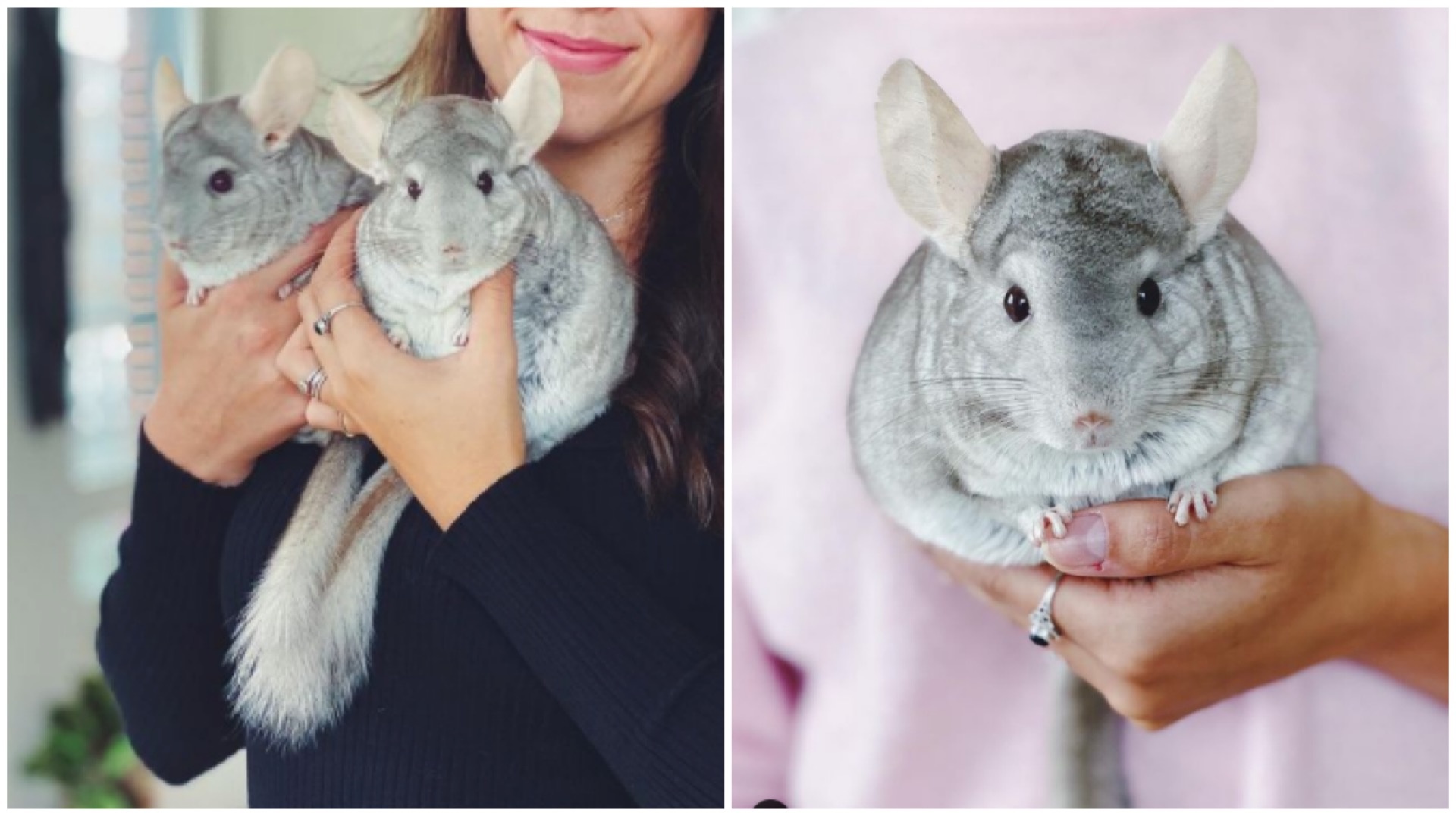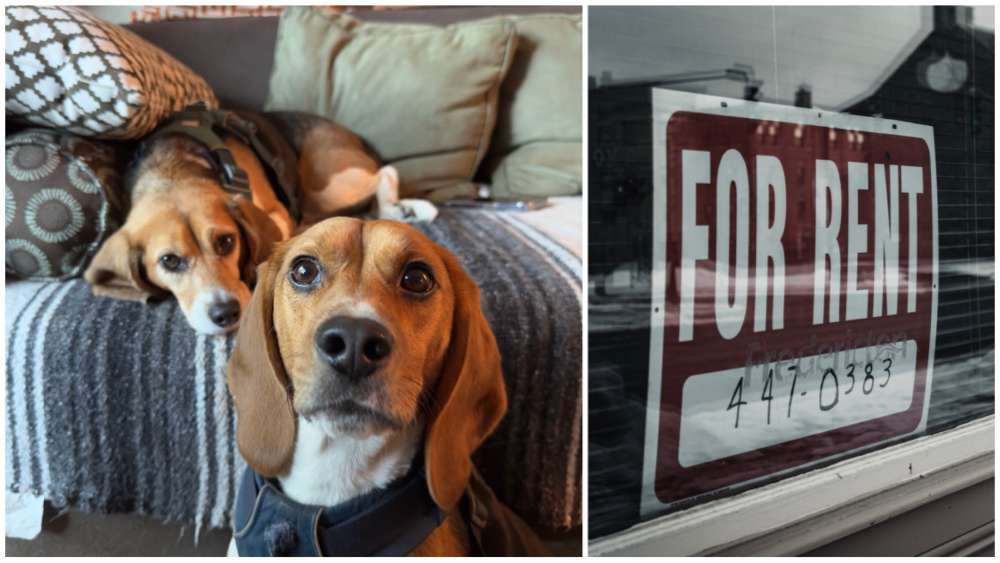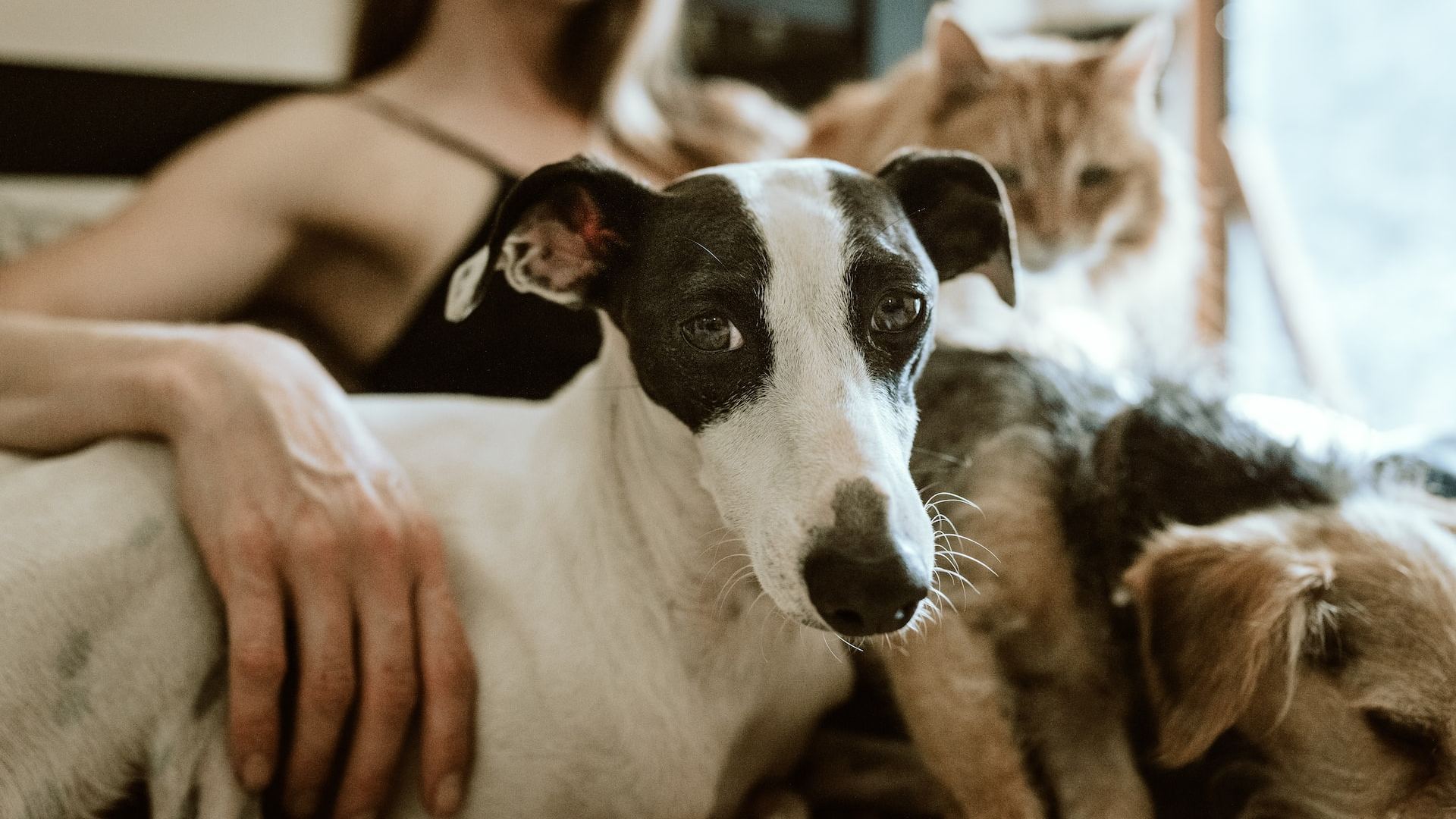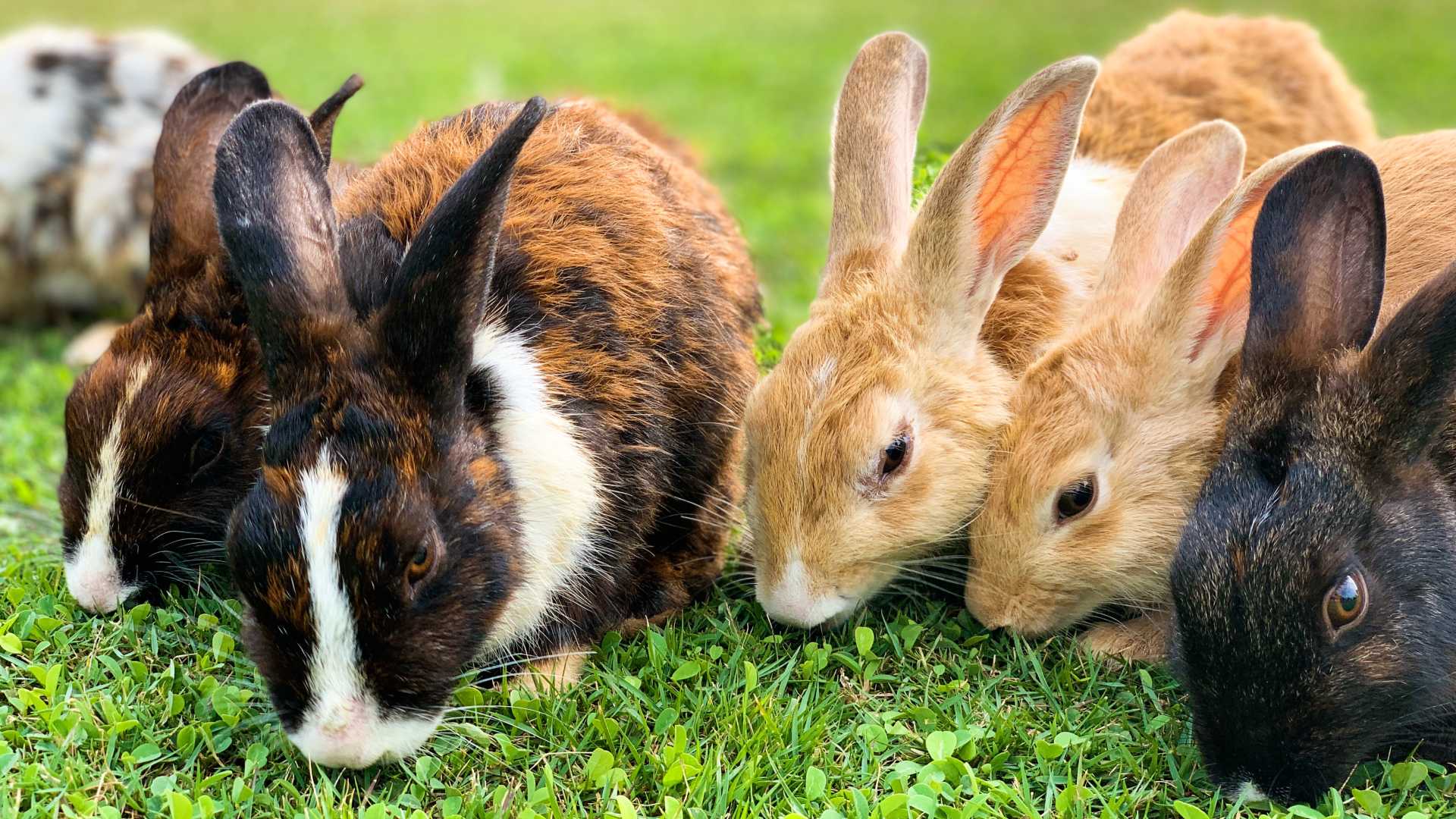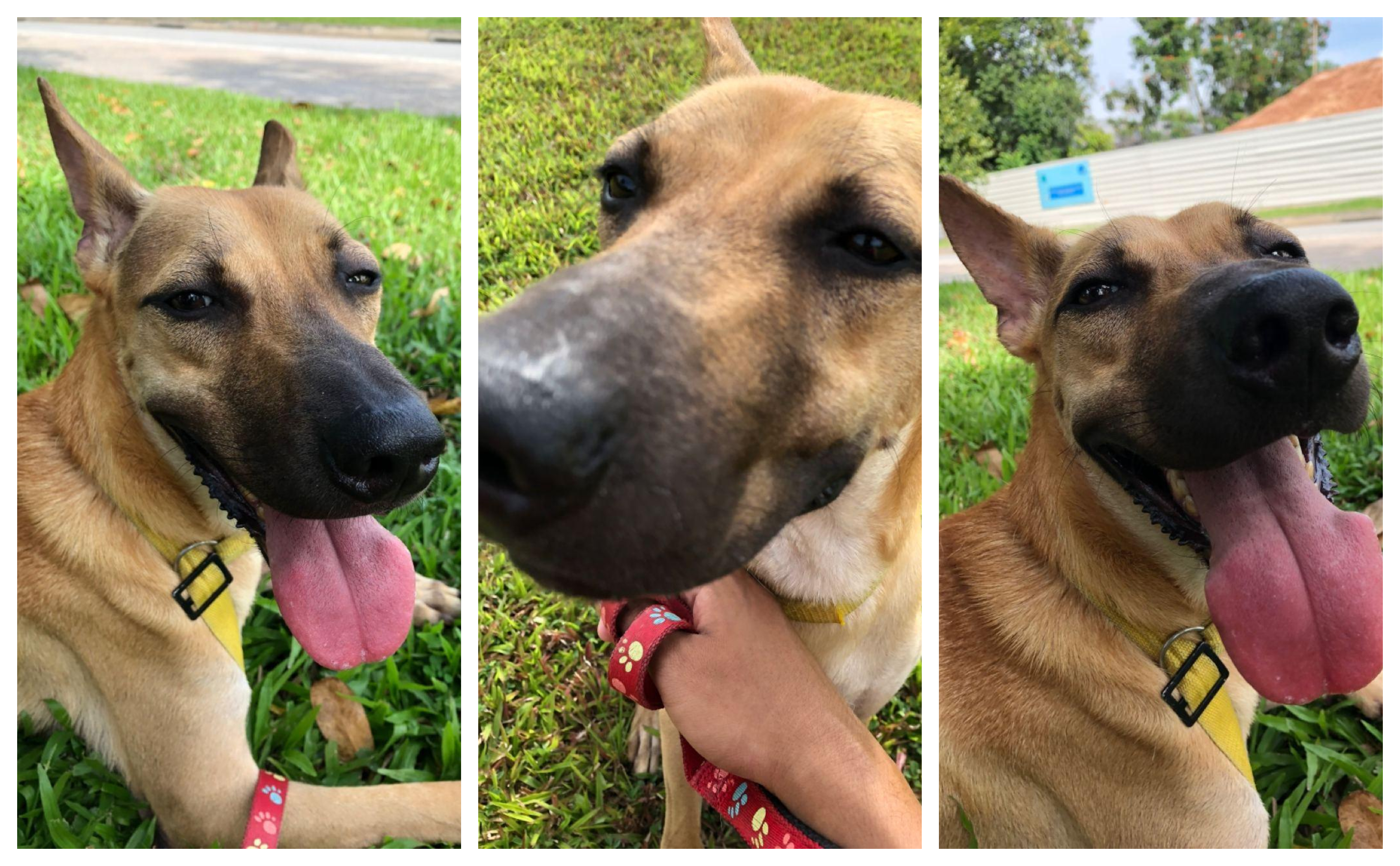What Does It Take To Keep Chinchillas In Singapore?
Prey animals such as chinchillas (“chins” for short), rabbits, guinea pigs and gerbils are social creatures and thrive in pairs. The best pairing/grouping would be same-sex chins.
In the wild, chins live in groups or herds of up to 100. Moving in big groups offers many advantages such as protection from predators, and the opportunity to mimic natural behaviour such as grooming and play-fighting, which plays an important part of their well-being.
Keeping a single chinchilla may cause them to be lonely, stressed, or unhappy, and that may lead to certain illnesses. Signs of an unhappy chinchilla include repeated behaviour and cage biting (also signs of an unhappy hamster).
Chins are not common household pets probably because of the hefty price tag that comes along with them. If the price tag doesn’t scare you and you are still keen on keeping chinchillas (yes, plural), then read on!
THE BASICS
Lifespan: 9 to 17 years
Price range: Local breeds cost between $600 to $1000, while pedigree breeds go from $2000 to $4000 and above
Daily maintenance: Mid- to high-level (Note: chinchillas cannot be potty trained and poo everywhere). Deep-clean once a week, and spot-clean every other day.
Cuddliness: Low- to mid-level
Allergies: Conduct a simple allergy test with yourself and your family members by going down to a shelter or a pet shop to interact with the chinchillas. This first meet-and-greet should help you decide if chinchillas are suitable household pets for you and your family or not.
HOUSING REQUIREMENTS
1. Cage
A tall cage instead of a wide cage would be better for chinchillas as they like to jump, climb, and explore, and move up and down when they do so. They also love hiding in high places.
The most expensive, but most aesthetically pleasing cages are wooden ones like this and this.
If aesthetics are not your priority, then stainless steel cages like this and this are the most reasonably priced and, better still, they’re easy to clean.
More importantly, line the cage floor surfaces with fleece mats or bath mats to prevent injury on your chins’ feet.
2. Bedding
To reiterate, chinchillas cannot be potty trained and will poo everywhere. Fleece liners and floor mats are much easier to clean and are more cost effective as compared to safe unscented paper-based bedding (though they are the next best option).
You can try flee liners like this and this, or bathmats like this and this.
3. Enrichment
Wheel
Bigger is always better! This applies to so many things like cage size or tank size. So, the bigger the wheel, the better it is for chins. Wheels like this one should be a minimum of 35cm to 40cm in diameter.
Cardboard
The cheapest and funnest toy: cardboard. Untreated cardboard makes safe chewies for your chins e.g. toilet rolls, clean cardboard delivery boxes and tissue boxes.
Hideouts
Hidey houses like this stainless steel one or these wooden ones are important for prey animals so that they have a place to feel safe and rest in. Although your home might be a safe one, chinchillas’ prey instincts stay within them and they will still feel vulnerable no matter what environment they’re placed in. Hence, the importance of hideouts.
Playtime
Playtime outside of their cages is just as important for enrichment, though they should always have access to their cage. Daily playtime of 2 to 4 hours, with close supervision will help with the overall well-being of your chinchillas.
4. Dust bath
Small animals like rabbits, hamsters, gerbils, and chinchillas do not require water baths. In fact, giving them water baths will have serious consequences. Leave a container (slightly larger than the size of your chinchillas) of safe chinchilla sand (like this one) for your chins to roll around in at their own time.
5. Cleaning products
Mix a concoction of vinegar and water and use this to wipe down all surfaces. This formulation also helps get rid of stains. Then, use f10 solution to disinfect the entire cage as well. Do not use strong cleaners such as Clorox, Febreze or Dettol etc.
DIET
Chinchillas should only be fed a very staple diet of hay, water and plain brown pellets for a boost of protein. Just take note: nothing colourful in the pellets, please!
Safe occasional treats include rolled oats but anything else - I would not recommend. Humans may appreciate variety, but when it comes to chinchillas, safe is always better. So, stick with the proven safe foods for chins.
Chinchillas are chewers and they chew everything. Safe chew toys and chew sticks are great to help them shave down their ever-growing teeth. Remember to give them only safe chewables and refrain from plastics or anything that breaks off easily.
A FINAL WORD
I cannot emphasise how important it is to do a financial evaluation of whether you can take living creatures under your care and support them, and have the full support of your family.
We want to avoid a situation that leads to constant arguments and complaints, which will be stressful for yourself and your animals. Worst of all, we don’t want a situation where you have to give them up.
For the latest updates on Wonderwall.sg, be sure to follow us on TikTok, Telegram, Instagram, and Facebook. If you have a story idea for us, email us at [email protected].







